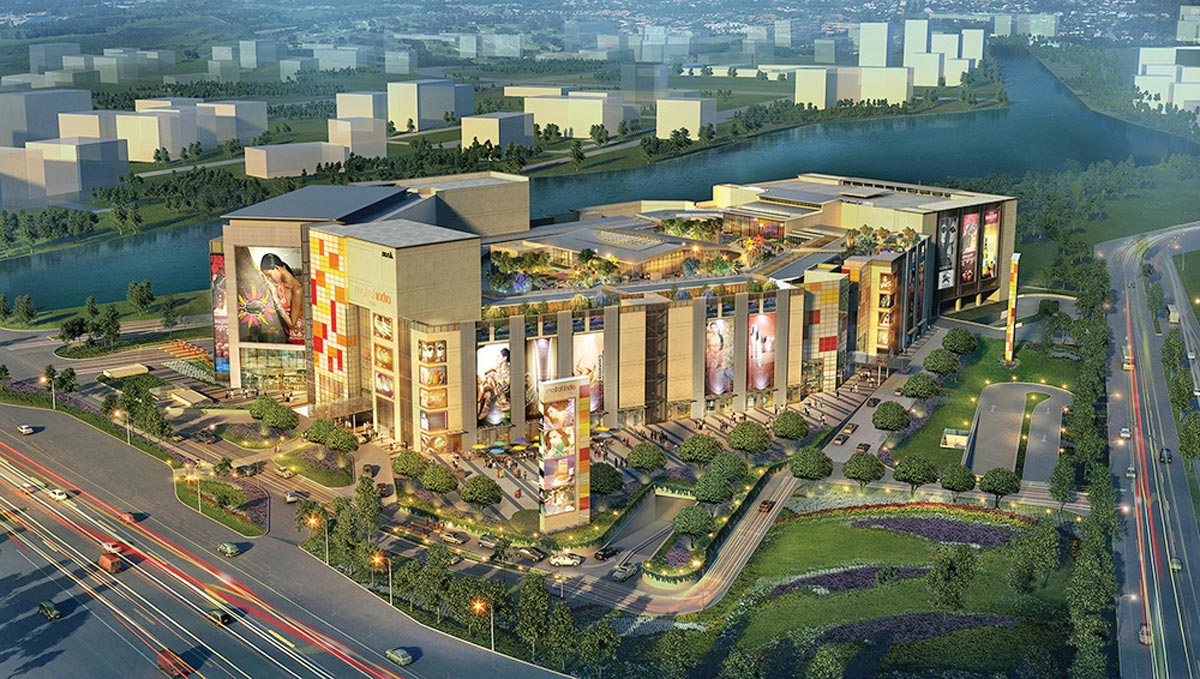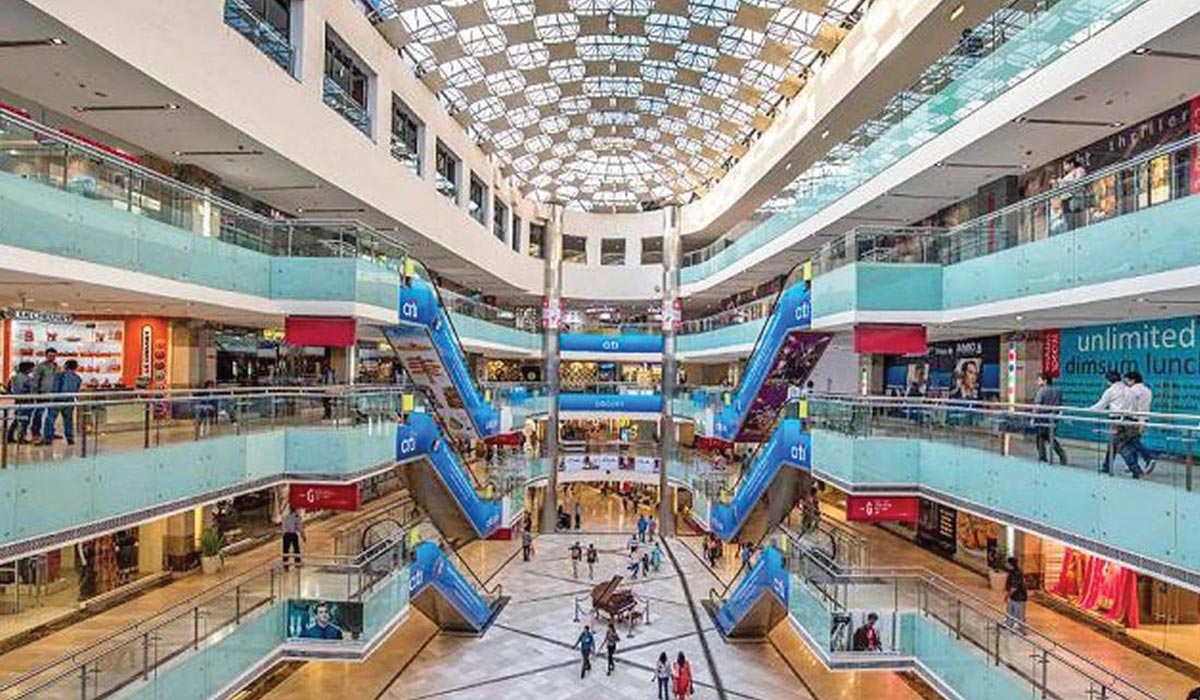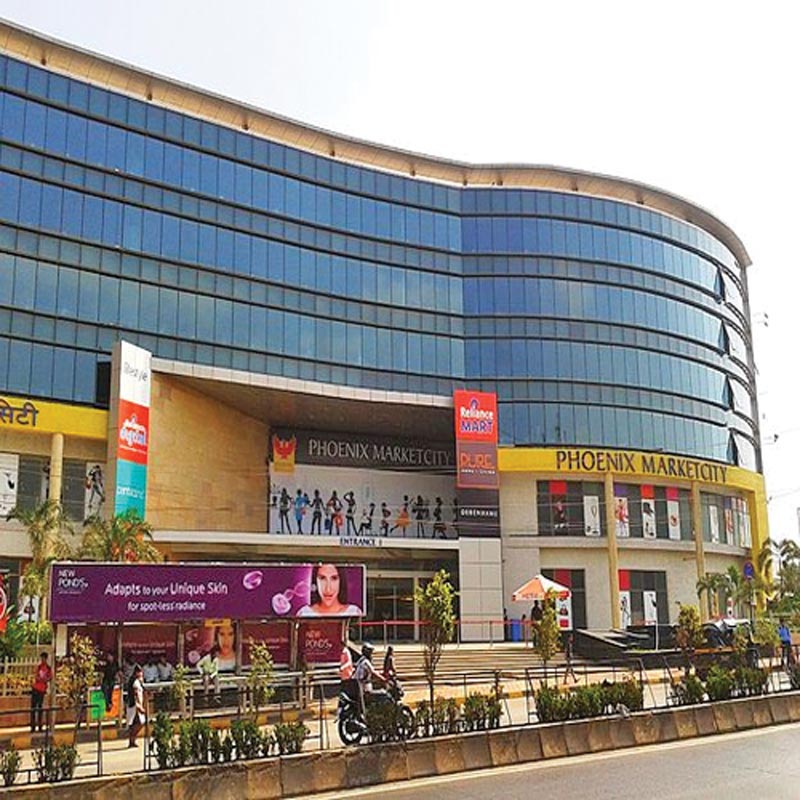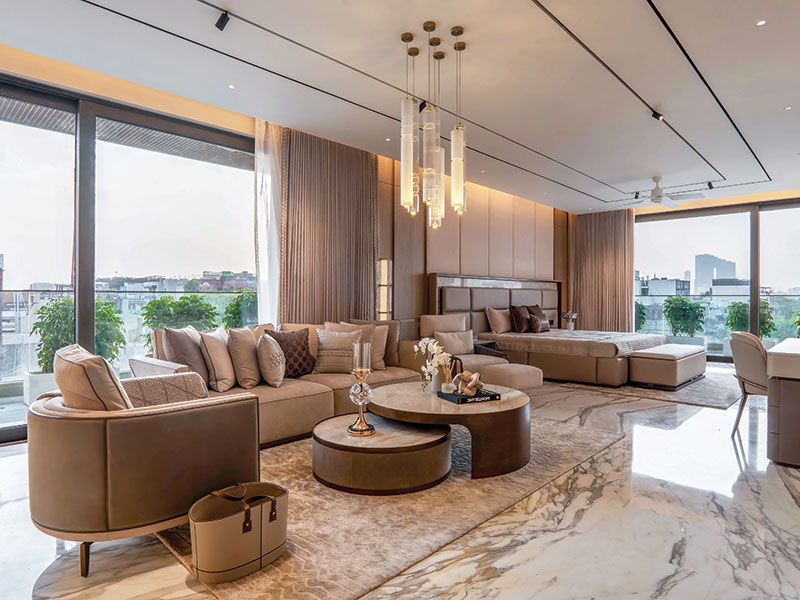
There is so much talk of the death of brick-and-mortar retail as a consequence of the aggressive advent of e-commerce into the country, when the fact is that shopping malls have just got started in India - and they are definitely here to stay.
Malls offer a touch-and-feel benefit which online shopping cannot. Also, going to a mall becomes an outing for the family and friends, often coupled with a meal at the food court and a movie at the cineplex. All this in air-conditioned comfort, escalators and lifts connecting everything to the parking below, and scrupulously cleaned sanitary facilities at all levels. The massive Indian middle class loves this experience and online retail is unlikely to put malls in the shade in India anytime soon.
The commute to and from a mall is an important factor considering that going to the car park and waiting for your turn to take the elevator is a daunting task, and it is definitely not worth it just for picking up a handful of non-critical items. However, Indians are also quite open to deferring smaller purchases for the weekends, when they can couple the shopping with other activities which a mall can offer.
 DLF Mall of India
DLF Mall of IndiaNo doubt, online shopping portals offer more variety and deeper discounts. However, it is generally known that the deep discount ethos will eventually go the way of the dinosaur. These portals have been investing heavily into garnering a loyal customer base, and margins have been thin at best.
In the West, online retail has proved to be a major disruptor for physical retail - especially given the fact that there is no dearth of things for families to do on weekends. As a result, visiting a mall ranks much lower on the general population’s priority list. In India, our cities have developed haphazardly, open spaces are vanishing and public transport is often unreliable. In such a scenario, a visit to a clean, visually vibrant and centrally air-conditioned mall is a major attraction.
Cities that have seen maximum malls include Gurgaon, Noida, Greater Noida and Delhi in NCR, Mumbai, Chennai, Bengaluru, and Pune. Low vacancy levels and high rentals in Tier I cities are also paving the way for retail expansion in Tier II cities like Lucknow, Coimbatore, Chandigarh, Mangalore, and Ahmedabad, to name a few. In fact, sensing immense opportunities and easy penetration into the Indian retail diaspora, overseas retailers are now expanding not just in metros but even Tier 2 cities namely Ahmedabad, Chandigarh, Lucknow, and Jaipur. This has led to mushrooming of malls all across the country.
 Ambience Mall Gurugram
Ambience Mall GurugramThe Mixed-Use Mantra
It has become increasingly evident that no mall in India today can depend solely on shopping as its prime source of revenue-generation and footfalls. Developers have understood that they need to transform their malls into community spaces to stay relevant to today’s far more discerning customers. Besides seeking a holistic shopping experience, consumers want to be comfortable and have something that inspires them to stay longer and, more essentially, persuades them to return.
This has led to a constant effort by Indian mall operators to provide the required specialized experience. Thus, most malls are striving to become prominent ‘shoppertainment’ locations. Today’s top-performing shopping malls are mixed-use businesses that incorporate social entertainment options, provide unique appeal along with certain depth in the shopping experience, and are in prime locations that are easily accessible by both public and private transport.
Since large malls are better able to incorporate all the features required for successful operations, they tend to do better than the smaller ones. For instance, the footfalls in Total Mall at Sarjapur Road in Bangalore are far less than Phoenix Market City in Whitefield area. The latter is much larger and provides a complete ‘experience’ including shopping, entertainment, restaurants, movies etc. In contrast, the former is a smaller mall with just a few retail outlets and minimum entertainment facilities.
Over the next 5 years, nearly 85 malls are expected to come up in India, and more than 30 new malls accounting for nearly 14 million sq.ft. area are expected to open just in the top eight cities by 2020
 Phoenix Market City, Mumbai
Phoenix Market City, MumbaiDespite the incessant consumer appetite for malls in India, many malls did not work out. This can happen for a variety of reasons – the wrong location lacking public transport access, insufficient or unscientific parking arrangements, lack of research for what kind of retailers will work in a given micro-market (leading to an unsuitable tenant mix), lack of a food court, etc.
Strata-ownership of shops was also a major issue in many of the failed malls, as this invariably meant that the mall did not have the benefit of centrally paid-for professional mall management services. This results in the poor upkeep of facilities, no promotional activities to drive footfalls, and no professional advisory services on how the mall should be tenanted - or, if necessary, reinvented.
In fact, many malls that have failed to perform as per expectations over the years have either been converted into commercial office spaces or even been developed into residential buildings. Some classic examples include Ansal Plaza in Delhi which has been converted into more of a commercial complex, while Jewel Square, Kakade Centre Port and East Court in Pune have also been converted into office spaces. Malls such as Nirmal Lifestyles, Mumbai are being ‘reborn’ as residential buildings.
The process of evolution for the retail industry is a constant work-in-progress, and only the tried-and-tested models will actually work.















